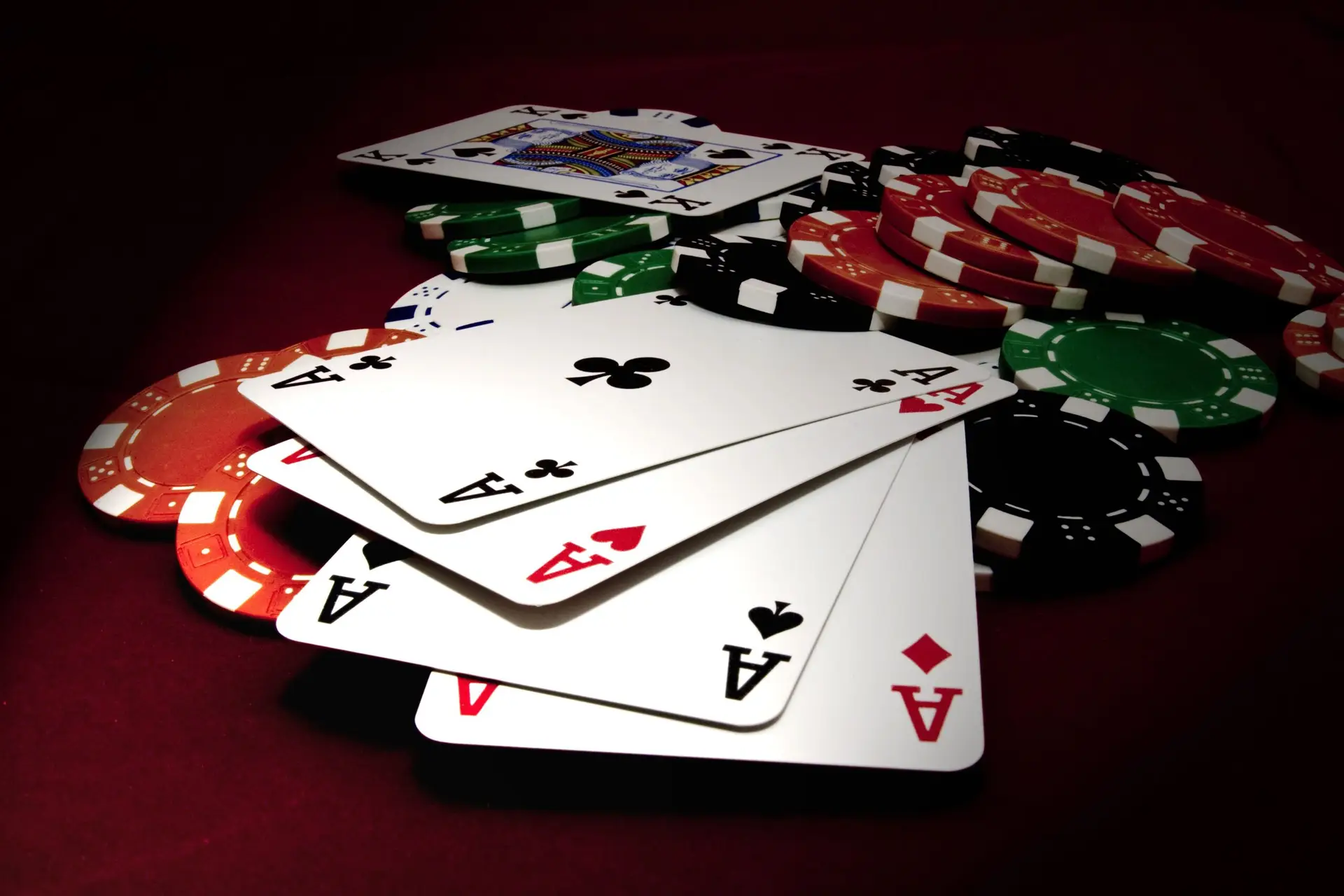As a card game that combines strategy, intellectual challenge and sportsmanship, it has come a long way from aristocratic entertainment to an official discipline recognised by the International Olympic Committee. The history of sports bridge shows how table competition became a symbol of intellectual sport. Thanks to special rules, evolving terminology and prestigious tournaments, the game has achieved a status beyond that of a mere hobby.
History and development of sports bridge: origins and evolution
The origins of this discipline lie in the 19th century, when card games began to become popular among the European aristocracy. During this period, they became not only entertainment, but also a way to demonstrate intellectual and strategic skills. The origins of bridge are linked to the game ‘birich’, which originated in Turkey and spread to Britain. And the term itself first surfaced in London in 1886, reflecting the fusion of eastern and western traditions of card fighting. Stages of development:

- 1890: first adaptation of rules for aristocratic clubs in London.
- 1925: Harold Stirling Vanderbilt, an American entrepreneur, refined the rules of the game by introducing the concept of betting and contracts.
- 1931: Publication of the first set of rules.
- 1958: Establishment of the World Bridge Federation (WBF), which standardised the rules and expanded the game internationally.
Bridge gained popularity as a game that develops memory, strategic thinking and teamwork skills. By the 1930s, card parties became an integral part of cultural life in both Europe and the United States.
Development of bridge as a sport
The second half of the 20th century was marked in history by the transition of bridge into the category of a sporting discipline. International tournaments organised by the WBF laid the foundation for the globalisation of the game. In 1954, the first world championships were held, with the best players from the US, Europe and Asia participating. Key moments:
- Introduction of a ranking system in the 1960s to evaluate players objectively.
- Hosting the first country matches in the 1970s, which strengthened the format’s popularity at cross-border level.
- Recognition by the IOC in 1999 confirmed bridge’s status as an official sport.
International recognition:
- Bridge has been part of the cultural programmes of the Asian Games since 2018.
- More than 100 countries have participated in WBF tournaments.
- International organisations have started developing junior programmes, which has boosted the involvement of young players.
History of sports bridge: rules and terminology
 Bridge is an intellectual card game for four players in two teams. The main objective of each group is to win bribes according to a certain contract. A standard deck of 52 cards without jokers is used. The game is divided into four phases: deal, auction, draw and score:
Bridge is an intellectual card game for four players in two teams. The main objective of each group is to win bribes according to a certain contract. A standard deck of 52 cards without jokers is used. The game is divided into four phases: deal, auction, draw and score:
- Auction: a negotiation process in which participants bid to determine the amount of the contract.
- Drawing bribes: a phase in which players take turns laying down cards and the winner of each bribe is determined by card priority and trump.
- Point scoring: the result depends on whether the contract is fulfilled or not. Extra points are awarded for super bribes.
Characteristics:
- Team formation requires players to communicate clearly and agree in advance.
- The game contains strategic elements such as trump colour choice and card distribution between partners.
- Tactical decisions influence the outcome of the game, making each game unique.
Terminology and its importance
Understanding terminology is crucial to play successfully, especially at the professional level. Basic terms:
- Contract: a pair’s commitment to fulfil a certain number of bribes.
- Bribe: a set of four cards in which the highest ranking card or trump wins.
- Convention: predetermined partner signals used to communicate information about the cards.
- Reference: a way of indicating strategy during the auction phase.
From the beginning of history to today: modern bridge and tournaments
The modern format has become incredibly popular thanks to advances in digital technology and international competitions. Online platforms such as Bridge Base Online have made the game accessible to millions of participants around the world. Tournaments and championships have become an important part of bridge’s cultural heritage. Popularity factors:
- Accessibility: participating in tournaments over the internet without having to be physically present.
- International events: annual World Bridge Series, Bermuda Cup and other prestigious competitions.
- Youth involvement: Junior programmes help expand the audience and promote the game among young people.
Famous players and important competitions in the history of sports bridge
Bridge, as an intellectual game, has achieved international sporting status through the efforts of prominent players and important competitions. The history of the game is inextricably linked to personalities whose achievements and contributions have inspired generations:
- Bob Hamman is considered one of the greatest bridge masters of the 20th century. His career spanned more than 50 years, including 11 victories at world championships. Bob introduced strategic analysis and tactical moves into the game that today’s aspiring players are learning.
- Georges Baba, a famous French player, became a symbol of European bridge. His tactical approach and ability to adapt to any opponent led him to win several international championships.
- Zia Mahmood, a Pakistani master, brought clarity and charisma to the game. His unique style attracted millions of newcomers to the discipline and his successes at tournaments earned him the title ‘ambassador of bridge’.
Major tournaments:

- The Bermuda Cup is an international championship founded in 1950. The tournament is considered the pinnacle of excellence, in which only the strongest players in the world participate. Every two years, teams from different countries compete for the prestigious trophy, which symbolises the global unity of the participants.
- World Bridge Series – is held every four years. The competition includes categories for doubles, team play and mixed play, allowing players to demonstrate a wide range of strategies. Victories at this tournament often become the calling card of professionals.
- The European Championship is an annual event that identifies the strongest teams in Europe. The tournament helps identify new talents and is a platform for the exchange of experiences between players from different countries.
Conclusion
 The history of sports bridge shows the uniqueness of this game, which combines intelligence, tactics and competitive spirit. With its rules, terminology and prestigious tournaments, the format remains an important part of the world’s sporting heritage.
The history of sports bridge shows the uniqueness of this game, which combines intelligence, tactics and competitive spirit. With its rules, terminology and prestigious tournaments, the format remains an important part of the world’s sporting heritage.
 en
en  ru
ru  de
de  ar
ar  es
es  nl
nl  hi
hi  fr
fr  it
it  pt
pt  el
el 










